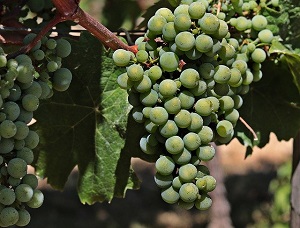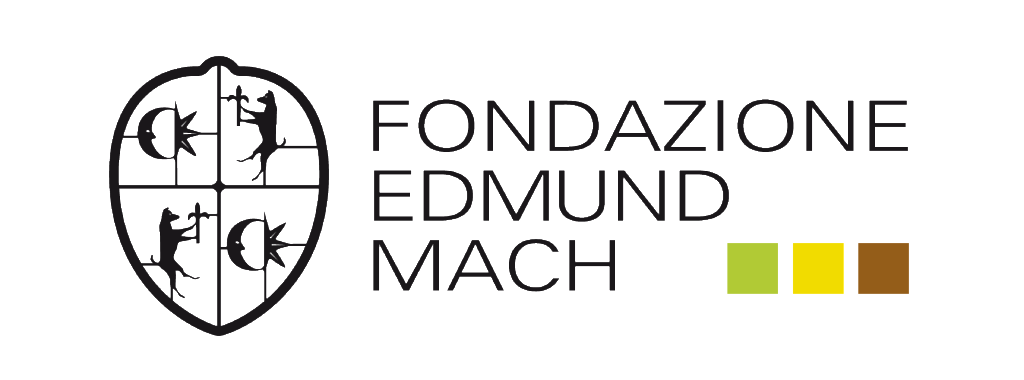Promote shade over the vineyard.

MOMENT OF INNOVATION..
Stakes.
INNOVATION STATUS.
Beyond a global rise in temperature, climate change has an impact on extreme events. In particular, it increases the frequency, duration and intensity of heat waves.
To reduce water stress, and to fight scalding and roasting, the idea of promoting shading of the vineyard is an interesting alternative. Producing shade on the vine is a way to:
- Regulate the temperature of the plant material and the soil that supports it thanks to a cooler microclimate, especially in the case of extreme temperatures
- Reduce water stress by reducing evapotranspiration to better cope with periods of prolonged drought when water supplies are low.
But other impacts can be observed, especially on grape maturation: decreased sugar content, reduced malic acid degradation, altered colour, delayed maturation. (1)
Several shading systems are to be distinguished according to the shaded areas: the ground, the clusters, the whole canopy or the complete row. The possibility exists to shade only the soil, for example by using opaque plastic film (white above, black below), which reduces the evaporation of the soil and thus limits the loss of water in an irrigated system (2). However, to mitigate the strong heat it is the shading above the rank that is most effective (3).
While the technique seems to be proving its worth, its implementation is sometimes complex. Several tools are available to the winemaker to produce this shading:
- Shading by nets or webs
A Chilean experiment in 2018 showed a 50% reduction in irrigation needs on the Syrah grape with the use of fabric shading, without significant degradation of the plant material, yield or quality of the wine produced. (2)
This shading role can be played by the use of hail screens, as well as other types of more or less opaque drapes applied on or over the vineyard. (4)
- Shading by infrastructure
Producing shade can also be done with the construction of infrastructure. The typical example is that of photovoltaic panels covering vineyard plots. A first experiment conducted in 2012 showed that a fixed shade of 30% allows to significantly cool the temperature of the ground during the day, and to reduce by 20 to 30% the evapotranspiration (and therefore the consumption of water). But the fixity of the system makes it impossible to guarantee the maintenance or increase of yields. Still in the experimental stage, a high-tech device could produce dynamic shading of vineyards (allowing the rotation of panels) while producing energy. (5) However, the high cost (economic and material) to manufacture and install these structures, as well as their monitoring and difficult recycling, raise doubts about the durability of this system. However, the option seems attractive locally, taking into account business development and diversification strategies, but also local energy needs. (6).
- Plant shading and agroforestry
Agroforestry refers to the proximity of the vineyard to hedges or trees, around or within the plots. The application methods are numerous: which configuration? Which trees? Which technical route?
In the case of trees planted between rows, for their wood or for their fruits, some lessons can be drawn from the experimental site of Restinclière (Herault) where the vine is associated with cormiers and pines replacing one row of vines out of eight (7):
- A space of at least 4 meters must be respected between the trees and the vines to avoid a competition on the nitrogen, and thus preserve the physiology, the quality and the yield of the grapes.
- Tree pruning is mandatory, to allow agricultural machinery to pass.
- Pruning at an early age should also maximize the foliage and height of the trees, and thus their ability to shade the rows of vines.
But other experiments can lead to planting fruit trees directly on the row for example.
In all cases, the choices made in agroforestry must, from planting, correspond to well-defined objectives: the choice of species as the modes of management are to be anticipated in the long term. It should be noted that tree planting can also draw water from the soil, and reduce air movements, which favours late frost. An analysis of the sustainability factors of this plant shading technique has been produced Agroforestry also intervenes on many other issues related to the resilience of exploitation (soil life, protection of crops, biodiversity, economic diversification, etc.). This is a potentially complex transition, but for which the technical institutes and associations supporting farmers are proving increasingly competent.
Finally, beyond the production of shade on the vineyard, we must not forget that the driving mode and size can reduce the direct exposure of the berries to the sun. A cup size (see fact sheet), pergola or a smaller size» will maintain a shadow on the clusters, promote a microclimate that can limit some effects of climate change (temperature, grill), but sometimes by generating other problems that must also be managed (development of diseases, difficulties of treatment and work in the vineyard, heterogeneity of maturity, etc.).
Authors : Marc Nougier (SupAgro), Audrey Naulleau (INRAE)
References:
(1) https://www6.inra.fr/ciag/content/download/3826/36242/file/Vol25-14-Boutin.pdf
(2) Partial root-zone drying irrigation, shading, or mulching effects on water savings, productivity and quality of ‘Syrah’ grapevines, Gil et al., 2018
(3) Application of shade treatments during Shiraz berry ripening to reduce the impact of high temperature, Caravia et al., 2016
(6) http://www.touraineestvallees.fr/medias/2019/05/rapport_projet_tutore%CC%81_Montlouis_2019.pdf
